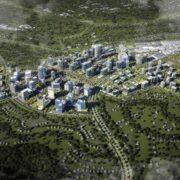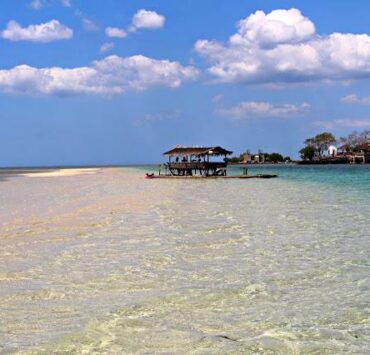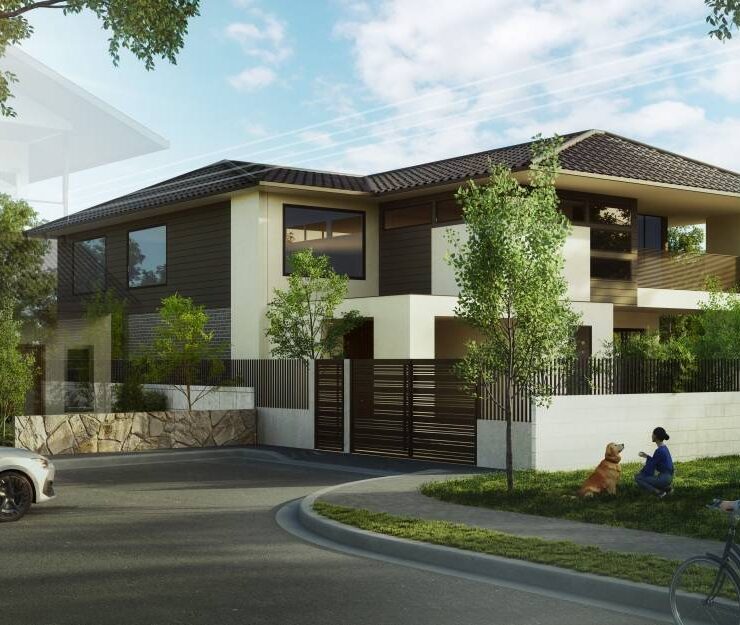The true barometer of premium Makati CBD living

The Makati central business district (CBD) remains a preferred destination of developers and investors.
For one, while it has the largest office stock in the capital region, it currently boasts the lowest vacancy rate in the market, prompting conglomerates to redevelop properties and establish their headquarters within the CBD.
It also has one of the most competitive vacancy rates in the secondary condominium market, indicating stable demand for prime residential developments offering large cuts and premium amenities.
At the same time, the country’s premier financial district provides a gamut of retail options, featuring a mix of foreign and local shops that cater to Filipino professionals and expatriates working in the CBD.
It’s all these bustling activities that make Makati CBD an ideal business hub for Filipinos and foreigners. Its solid reputation as a premier business district in the country’s capital region is further highlighted by massive interest it receives from national property firms building high quality offices, immersive retail spaces, and towering residential towers.

An office landlord’s market
One factor contributing to Makati CBD’s vibrancy is its healthy office vacancy.
From 2025 to 2029, Colliers projects the completion of nearly 2 million sqm of new office space in the capital region, with Makati CBD accounting for 17 percent of the new supply.
As of end Q3 2025, office vacancy in Makati CBD fell 8.2 percent from the 8.3 percent recorded a year ago. Colliers projects that the Makati CBD may shift to a landlord’s market by 2026 due to the limited supply over the next two years and sustained take-up of new office space.
With more multinational and Filipino conglomerates holding offices in Makati CBD, including along the Apartment Ridge area, we see a burgeoning market for high-end condominium units within the area and along Ayala Avenue.
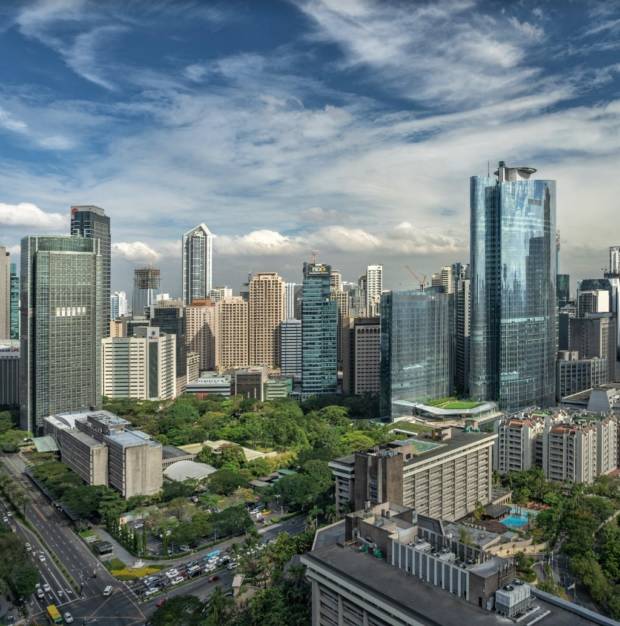
Limited supply, growing demand
Makati CBD’s residential segment remains a cut above the rest. Its share to total unsold ready-for-occupancy (RFO) condominium units is only less than two percent of total unsold RFO across Metro Manila.
Secondary and pre-selling condominium projects within Makati CBD are among the more expensive in the metro, including those along Ayala Avenue and near Apartment Ridge and those located in Legazpi and Salcedo villages.
The luxury and ultra-luxury condominium projects or those starting at P20 million per unit are performing well. In fact, some high-end condominium projects in Makati CBDs are priced between P65 million and P540 million but continue to outperform other price segments in the market.
Prices of projects along Ayala Avenue and Apartment Ridge, for instance, range between P108 million and P171 million per unit. These projects stand out in terms of total contract price, sizes, amenities, as well as sales velocity.
On average, these premium residential developments are about 87 percent sold as of the third quarter this year. This is an indicator of the strong demand for projects in Makati CBD and a proof that Makati CBD developments have been able to buck the slowdown in certain Metro Manila projects and peripheral locations.
At Colliers Philippines, we always note that the solid demand for these high-end units can be attributed to an affluent and discerning market. Astute investors are looking for condominium units that have high rental and resell (and eventual price appreciation) prospects and these prime units fit the bill.
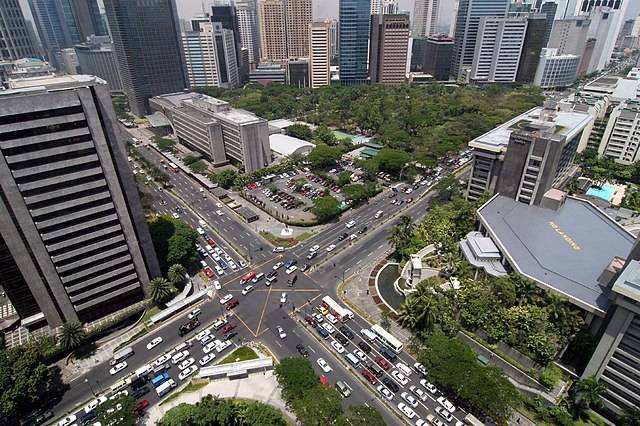
Strong high-end residential market
Colliers believes that the high-end market in Metro Manila remains strong as this is the segment that draws interest from a consumer base that is awash with cash.
In fact, looking at the residential market’s performance at the height of the pandemic in 2020 and 2021, the high-end segment exhibited resilience.
While prices in the affordable to lower mid-income residential segments of the secondary market saw corrections, demand and prices in the upper mid-income to ultra luxury segments remained firm.
As the Philippine economy rebounds and the affluence and purchasing power of Filipino investors improve, we are seeing greater interest in higher priced residential units, especially in key business districts that continue to attract large Filipino and multinational firms as locators.
From 2026 to 2029, Colliers expects the completion of 12,400 condominium units in Metro Manila, with Makati CBD likely accounting for 13 percent of the new supply.
Due to the lack of developable land in Makati CBD, property firms have been redeveloping old and existing properties into new residential projects. Plots of developable land are sparse, hence positioning limited new residential towers for strong take-up and eventual capital value acceleration.
With limited residential supply and thriving demand, it is no longer surprising to see premium residential towers in Makati CBD recording strong price appreciation in the near to medium term.
Strong office leasing prospects, manageable residential vacancy, negligible share to unsold RFOs, and aggressive take-up of mall spaces—all of these contribute to Makati CBD’s future-proofed viability as a premium business address.
Prior to joining Colliers in March 2016, Joey worked as a Research Manager for a research and consutancy firm where he handled business, political, and macroeconomic analysis. He took part in a number of consultancy projects with multilateral agencies and provided research support and policy recommendations to key government officials and top executives of MNCs in the Philippines.













